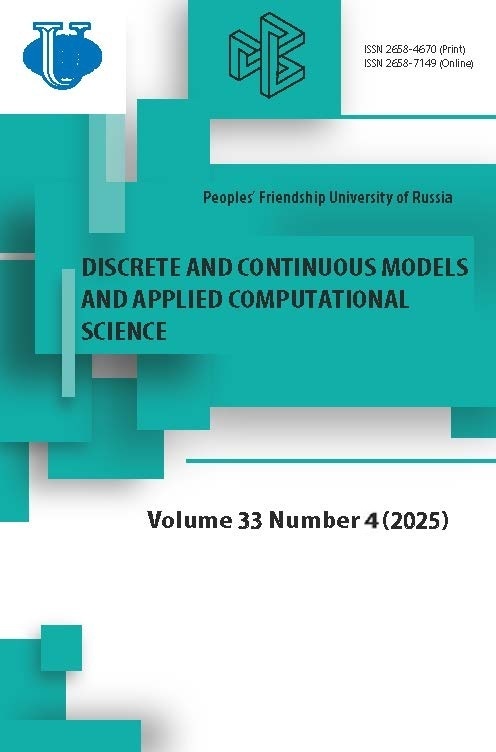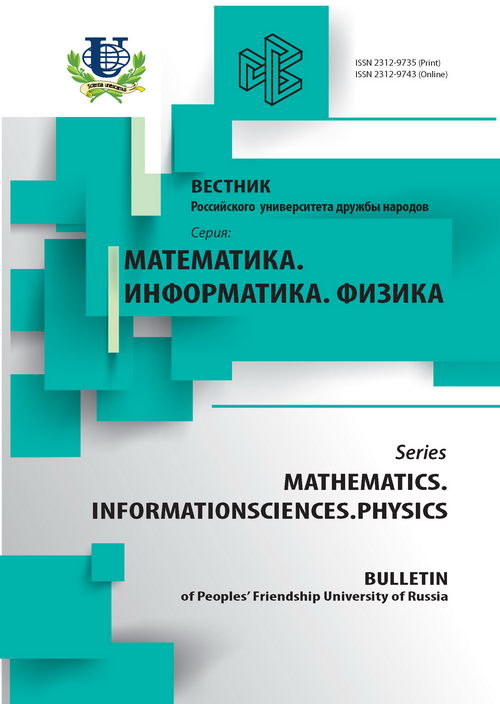On Numerical Solution of Direct and Inverse Scattering Problems for Spherically Symmetric Potentials Dependingon Parameters
- Authors: Puzynina TP1, Thach V.T.1
-
Affiliations:
- Joint Institute for Nuclear Research
- Issue: No 4 (2012)
- Pages: 73-86
- Section: Articles
- URL: https://journals.rudn.ru/miph/article/view/8828
- ID: 8828
Cite item
Full Text
Abstract
The scattering problem for the radial Schr̈odinger equation, in contrast to a statement of Cauchy’s problem, is formulated as a boundary value problem for a wave function with a non-linear asymptotic condition with exclusion of an unknown phase shift. The phase shift is determined after calculation of the wave function by taking into account its asymptotic behavior and applying the iteration schemes of a continuous analog of Newton’s method (CANM). The inverse problem for an equation with a potential depending on the parameters is reduced to minimization problem with respect to the parameters for the functional that describes the sum of squares of deviations of the specified values of phase shifts from the corresponding calculated values. Basic features of the computational schemes are demonstrated by solution of the problem with Morse’s potential which admits analytical solution and also by solving the problem with Woods–Saxon’s potential.
About the authors
T P Puzynina
Joint Institute for Nuclear Research
Email: puzynina@jinr.ru
Laboratory of Information Technologies
Vo Trong Thach
Joint Institute for Nuclear Research
Email: votrongthach@jinr.ru
Laboratory of Information Technologies
References
Supplementary files















